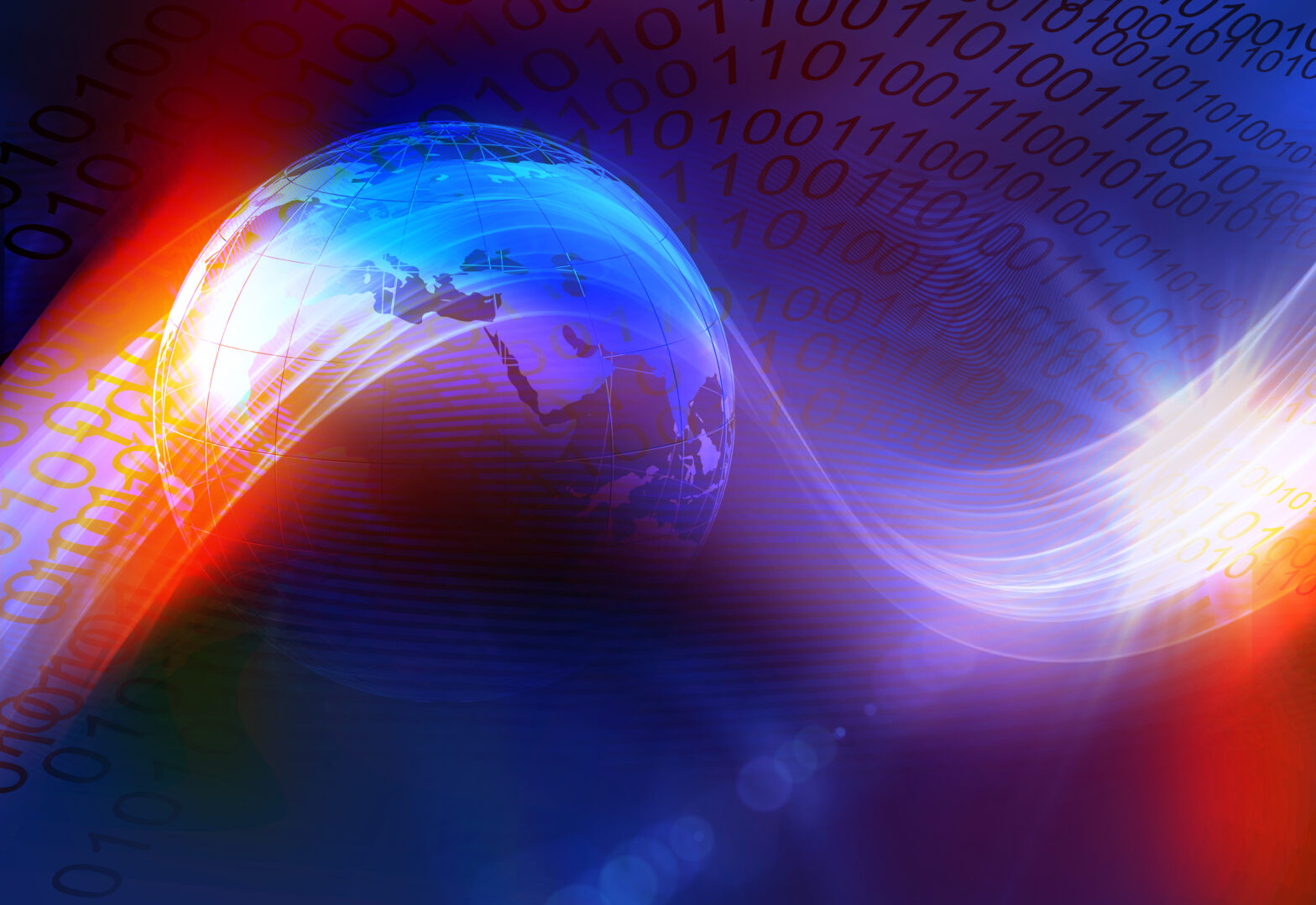According to popular science fiction, the future will be packed with intelligent robots, smart machines and self-driving cars. We will communicate with machines, while they communicate with other machines, generating and collecting data to be analysed by more machines.
Much of this is already happening. As visionary science-fiction writer William Gibson infamously stated: “the future is already here, it’s just not evenly distributed”. We are living through the fourth industrial revolution, as new digital technologies and services transform the ways that we work, rest and play.
>See also: BT fined £42 million by Ofcom
One could argue that one of the biggest drivers of this digital transformation is the Internet of Things (IoT), a network of self-communicating internet-connected devices. This network’s status is monitored, enabling valuable data to be captured and used in software applications.
This technology is set to unlock capabilities we didn’t have access to before. The intricacies of these remain to be seen, however the right infrastructure must be put in place before the full potential of IoT can start to be realised.
Infrastructure is the key to connectivity
As it stands, the UK currently lacks the infrastructure needed to support the growth of the world of IoT and digital transformation. The amount recently allocated from the budget to fund investments in artificial intelligence, 5G networks and driverless cars is a step in the right direction, but more needs to be done. Guillaume Sampic, BT’s director of IoT Strategy, is a firm believer that France and South Korea’s success in seizing opportunities in the IoT world is a sign that the UK can also have a real role to play within the sector, making the nation more competitive.
BT’s CIO of major corporate, business and public sector, Tom Baker, also believes a fast solution is needed to maintain global competitiveness for the UK, particularly when facing challenges such as the deep uncertainty around Brexit, an ageing population and the impact of climate change. With the country’s transport system, utilities and the National Health Service (NHS) under huge strain, adopting a new approach to delivering these services is the only way to ensure their survival in the future.
>See also: Digital tremors: the shifting IT landscape
However, some substantial changes are needed to reach that higher quality of life, including strong leadership, overhauling of legacy systems and a cultural shift both among the business community and the wider public.
In addition, a continued and accelerated debate on data is needed between the government and the business community to determine how data will be collected, stored and used in order to safeguard the public and ensure a viable route for transformation and service delivery.
Both public and private sector organisations are leading initiatives across the UK. For example, BT is investing in its national network to help fuel this digital transformation and have recently launched a 5G proof of concept testing phase with Nokia and the University of Bristol, which is yielding positive results. We’re also optimising our network and ensuring more connectivity in more places than ever before, including 4G connectivity in rural areas across the country, which would be a boom for innovation outside of the main hubs.
Investment: a group effort
That said, a fast network alone is not enough to see the country through the digital transformation. Investment in the power grid, regulation and guidance will also be needed, and the skills and investment will need to come from all quarters – both public and private sector.
>See also: What does the gov’s Digital Strategy mean for the UK tech industry?
BT’s experience in Milton Keynes MK:Smart project is a case study that can be replicated on a wider scale. Working with Open University and the city council, BT developed an information hub to collect real-time data from different sensors across the city, which was relayed to build smart and more innovative applications, creating new applications through controlled data sharing. Other industries could benefit from this approach – embracing the digital world to find opportunities to work together.
Making the most of data
One of the biggest benefits IoT can have on the business community is the increased service it can provide, alongside valuable data on which decisions can be made. More accurate insight can lead to greater profits or the ability to offer new services; not adopting IOT can put a business at a disadvantage against both local and international rivals.
According to McKinsey, the potential economic impact of the IoT could reach $11 trillion per year in 2025. That’s equivalent to 11% of the global economy – driven largely by manufacturing, transportation, logistics and utilities.
Tom Baker also believes demand from consumers is likely to continue, who stand to become better informed about their daily life and choices through IoT, whether it is tracing the origins of their food, or the air quality of their route to work. They will be able to understand more about the world they live in – from their health and how much water, electricity or gas they’re using at home, to the impact their commute has on air quality.
>See also: Tackling tech literacy at school level
Today’s consumer is already more informed than their parents – yet the future will be about being even more in the know, and understanding the impact of our actions on the world we live in.
The need is there for organisations to use digital and IoT to drive actionable intelligence to improve services and efficiency whilst reducing their impact on the planet – and those that do so will prosper in an increasingly informed and aware society.
Sourced by Nicola Millard, head of Customer Insight & Futures, BT Global Services Innovation







